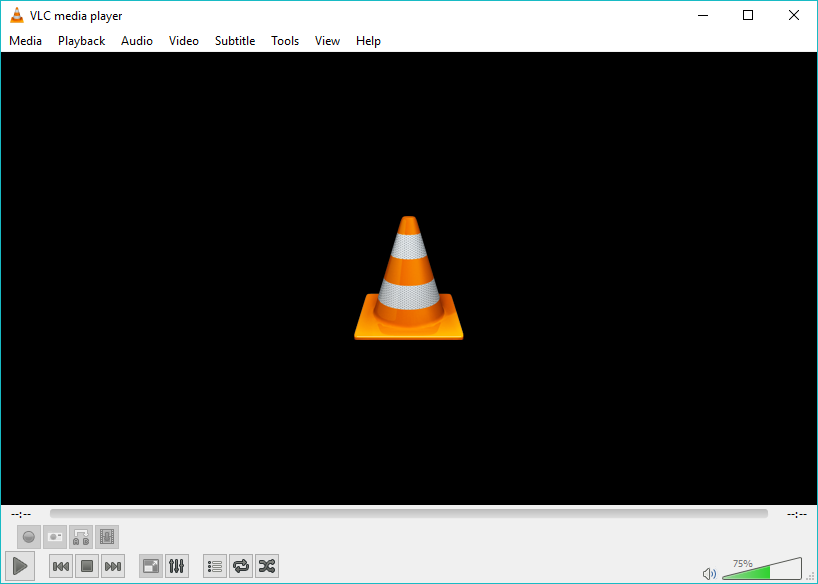

If you’re using Linux, read here for an in-depth guide on how to unzip your file. Once there, select Preferences and set the location by clicking Save Expanded Files. If you want to change the default folder location, access Internal Hard Drive -> System -> Library -> Core Services -> Archive Utility. Once extracted, the file will appear in the same folder as its archive.Double-click on the file you want to unzip.

zip now can be found in the location you picked in step two.Īrchive Utility is Mac’s built-in tool that handles the. It is optional to check the box underneath if you need to see the content immediately after the extraction is done.

Because you’re only using what your computer already has, there is no need to download another tool. Using an OS Built-In Toolįirst, let’s take a look at how to extract files using native software found in Windows and macOS. Let’s look at each one of these options in more detail. By using your operating system’s built-in software.There are two ways to extract zipped files: What Are the Most Popular Archive Formats?.


 0 kommentar(er)
0 kommentar(er)
